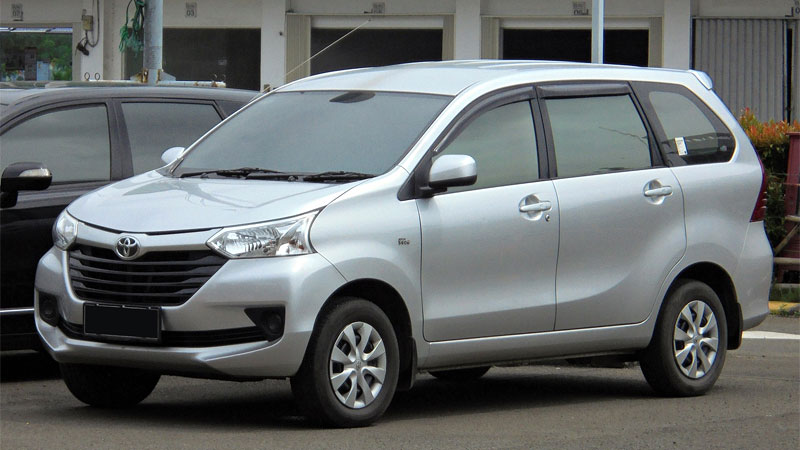What is the Toyota Avanza?
One in a series of articles examining car models not sold in the U.S. market. The Toyota Avanza isn’t a vehicle developed by Toyota. Instead, the Japanese marque Daihatsu makes it (called the Daihatsu Xenia), and both brands sell the vehicle with different names. This was made possible due to … Read more

